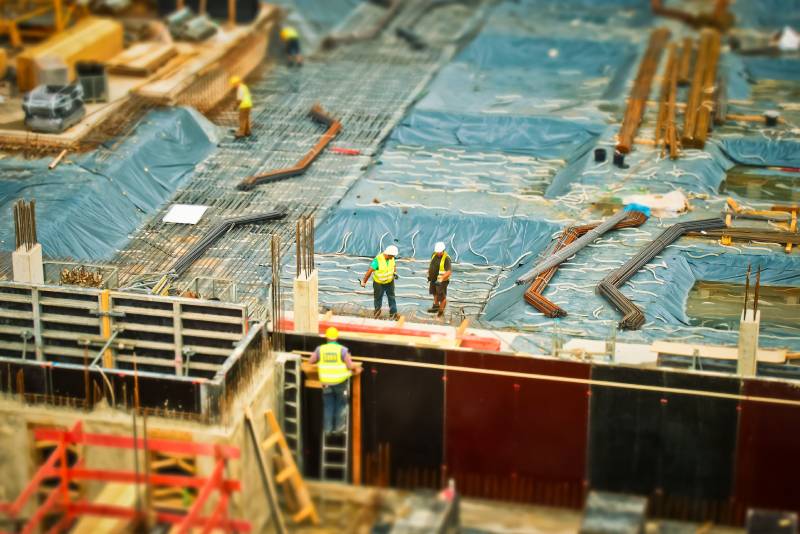
Improving Construction Safety: What’s Wrong and How to Fix It
Construction sites are dangerous places, so you need to do everything you can to make them as safe as possible. That starts with understanding construction hazards and paying attention to best practices.

Working in the construction industry is, by nature, dangerous. In 2020, 21.2% of the total fatal work injuries in the U.S. were from the private construction industry, and it’s hardly surprising. After all, the work involves lots of manual labor in close proximity to potentially dangerous equipment. What’s more, the site itself may be high or uneven, raising the risk of serious falls.
Construction workers need to worry about everything from asbestos to electrocution while on the job, but injuries aren’t an inevitable part of being in the construction industry. You can drastically lower the risk of injuries, long-term damage, and illnesses by prioritizing health and safety at construction sites.
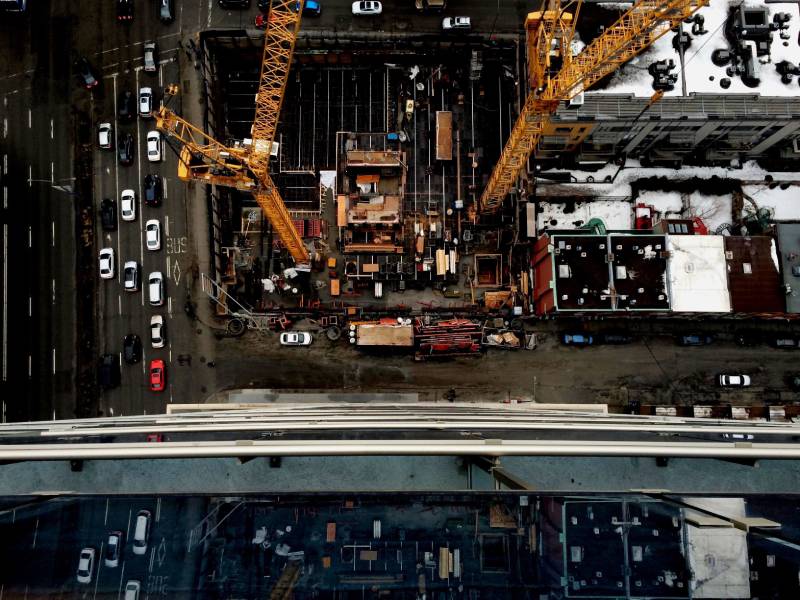
6 Issues in Construction Safety
To make your construction site safer, you need to first be aware of the dangers. After all, you can’t fix the problems if you don’t know about them.
Common safety problems at construction sites include:
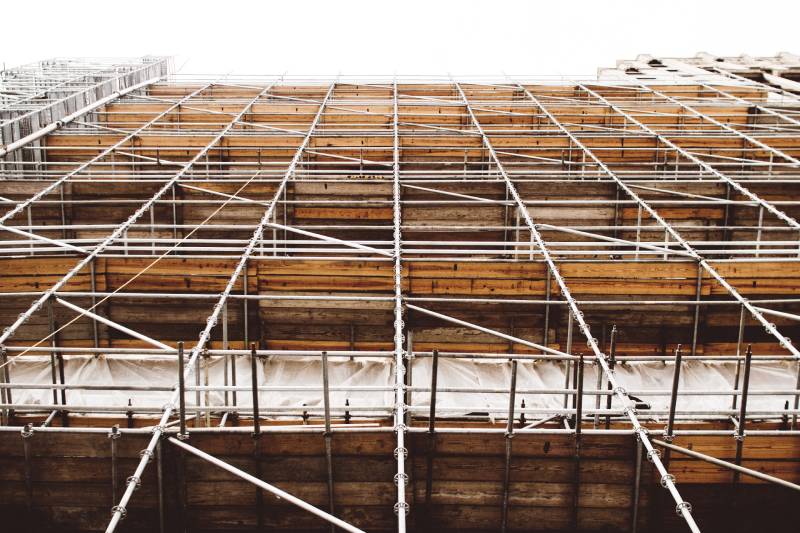
Falls
Falls are a significant issue in construction. In 2020 alone, 371 construction workers died due to falls, slips, or trips in the U.S.—and that number was even higher in 2019, with 418 workers dying.
Even a short fall can result in head injuries, broken limbs, or death. To make matters worse, many construction workers spend time at considerable heights, whether working from scaffolding or installing roof tiles.
Struck-By Incidents
All too often, workers are hit by falling objects or struck by motor vehicles or heavy equipment on construction sites. In fact, struck-by injuries are the second most common cause of construction fatalities and the primary cause of nonfatal injuries.
Caught-In or -Between Incidents
Caught-in or -between incidents are another large source of injuries and fatalities in the construction industry. Excavation work can result in cave-ins and other accidents, and workers can become stuck in holes, trenches, or even between equipment and fixed objects.
Other types of caught-in or -between incidents include when workers are standing within a crane’s swing radius and get crushed, when they are compressed between rolling, sliding, or shifting objects, or when their body parts are pulled into unguarded machinery.
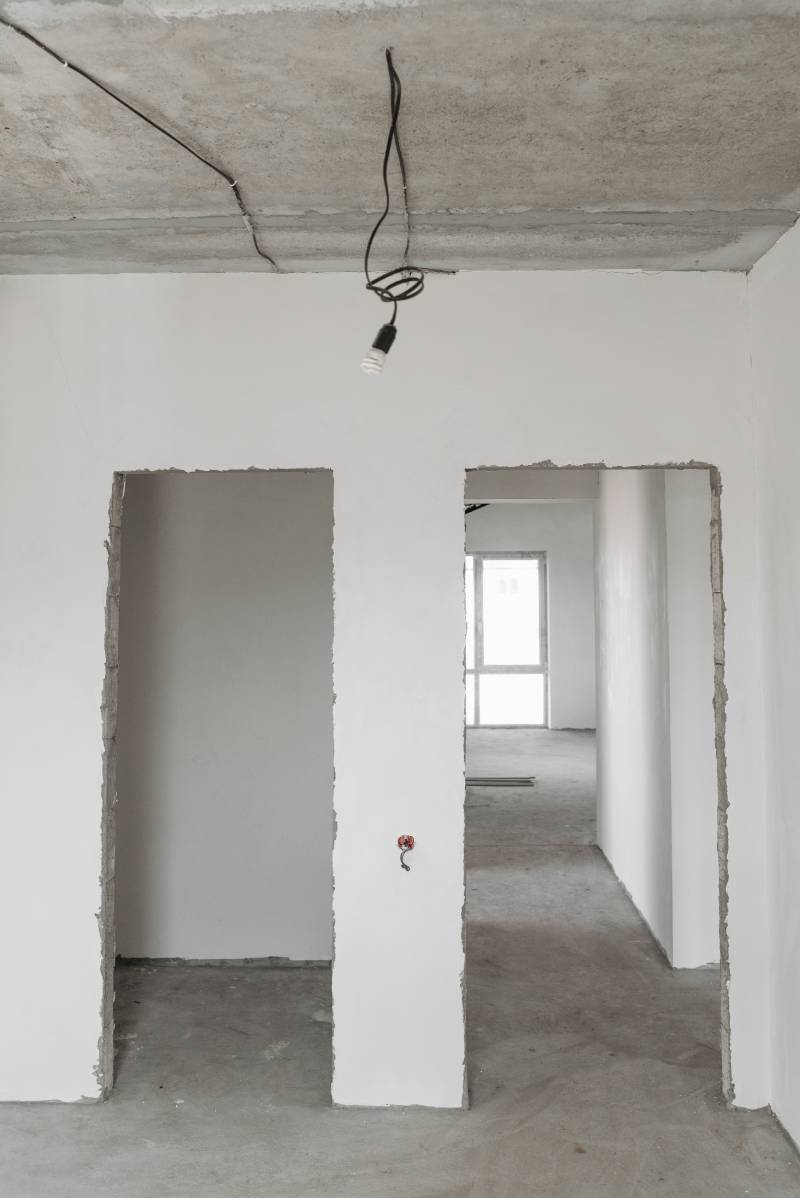
Electrocution
Electrical accidents are also known to occur on construction sites. Usually, these incidents involve workers coming into contact with overhead power lines. However, workers can also be electrocuted when touching transformers and live wires or working with tools, machinery, and other unsecured electrical tools.
Improper Training
There are a lot of potentially dangerous heavy equipment and power tools on job sites, but many don’t receive proper training. A lack of quality training can lead to problems like crane accidents or forklift crashes, so quality training is non-negotiable.
Failure to Communicate Hazards
Unfortunately, communication isn’t always as good as it should be, which can have dire consequences. Before entering the job site, workers should know about any chemicals or safety hazards.
Best Practices to Improve Construction Safety
Though there are plenty of construction safety problems, you aren’t powerless against them. In fact, by following some construction safety rules and best practices, you can significantly improve safety.
You’ll want to:
Properly Store Materials and Equipment
Keep your site tidy to avoid tripping anyone. Properly store your equipment and materials to prevent falls, slips, and accidental exposure to dangerous chemicals, and pay extra attention to access and escape routes. Ensure that workers can always quickly get out when there’s an emergency.
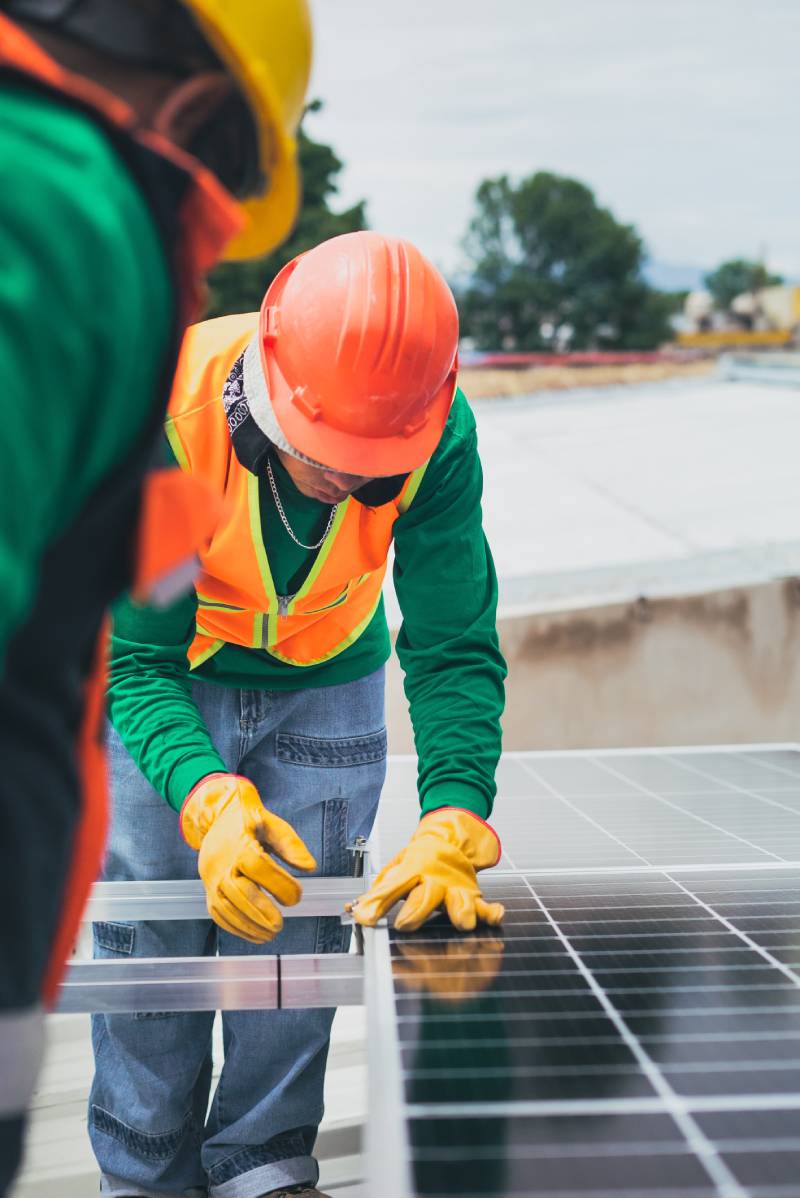
Use Construction PPE
Construction PPE, or personal protective equipment, is workers’ last defense against construction site hazards. As such, workers should always wear construction PPE. Hard hats can protect them from falling rubble, whereas safety boots will both protect feet and provide a better grip. Hi-vis vests will ensure that workers are visible constantly, even in challenging visibility conditions.
Prioritize Safety Training
At every worksite, you’ll need to provide an induction to every new worker and review construction safety rules. Go over the site’s unique hazard and work operations in detail. This way, everyone knows what to expect, where to go, and what to avoid. Also, introduce the key members of the team and explain whom workers will report to.
Report Issues as Soon as Possible
If you see a potential hazard, don’t wait to report it. Inform those in charge, whether that means filling out an incident report, completing a near-miss report, or scheduling a meeting with your supervisor.
If you are the supervisor, develop a culture where workers are encouraged to report problems quickly. After all, if the people in charge don’t know about the issue, they can’t do anything to fix it, leaving more time for accidents to happen.
Develop an Emergency Evacuation Plan
Just as you should have a fire-escape plan at your home, you should have an emergency evacuation plan at your work site. Create a site-specific emergency evacuation plan before any workers enter the site, and let everyone know about it. Take into account every accident that might occur, from fires to chemical exposures to equipment malfunctions. It will take time, but it’s always better to be safe than sorry.
Stay Up to Date with OSHA Construction Standards
The Occupational Safety and Health Administration (OSHA) has a wide variety of standards to familiarize yourself with and comply with. You should know about all the OSHA construction standards surrounding ladders, machine guarding, electrical wiring methods, scaffolding, fall protection, and hazard communication, to ensure your work site is as safe as possible.
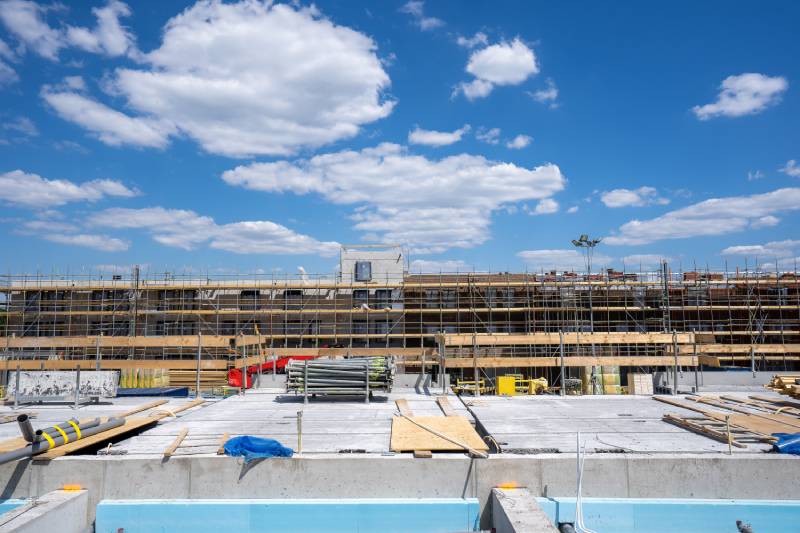
Invest in Quality Construction Safety Products and Building Materials
Having construction safety products and building materials on hand can make all the difference when creating a safer site. The good news is that you don’t have to look far to find quality products and materials.
AMAST has partnered with verified vendors that sell high-quality supplies and materials. It’s a one-stop shop for construction contractors that want to create safe sites without breaking the bank.
Improve Your Site’s Safety with AMAST
Creating a safer construction site takes time, effort, and money, but it’s definitely a worthwhile endeavor. In addition to reading up on OSHA construction standards and creating an environment where workers value safety and know what to do when faced with unsafe situations, you’ll need to purchase construction safety products and construction PPE. That’s where AMAST comes in.
Our online B2B marketplace makes buying quality construction materials and equipment easier than ever—and you can also save money. Whether you’re after flooring, circuit breakers, or hard hats, AMAST has you covered.
Check out our site to learn more!